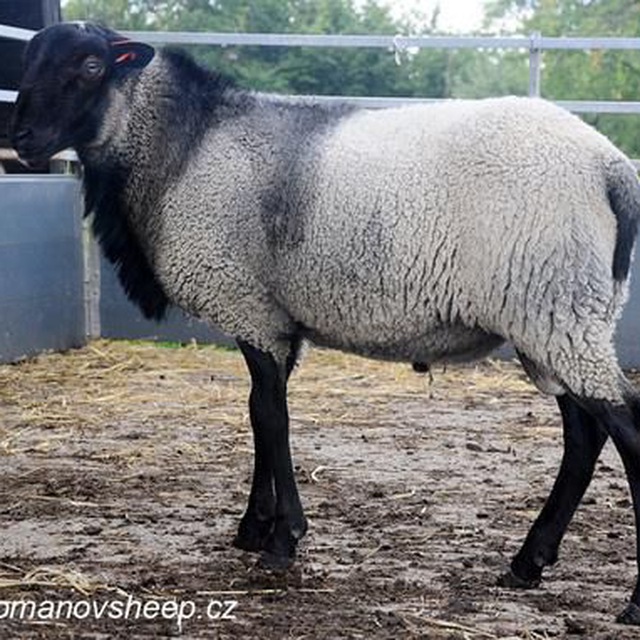#important_points_in_cattle_and_sheep_farming
1- Livestock must be procured from reputable centers.
2- Before any action for the purpose of fattening, the animal’s health must be confirmed by a veterinarian.
3- For fattening, it is necessary to prescribe an anti-parasitic tablet or syrup to clean the internal parasites of the animal for a week.
4- Disinfect sheep or cattle breeding area.
5- Livestock drinking water has already been sampled and sent to an accredited laboratory to determine its salts.
6- The feed needed until the end of the fattening period should be prepared and necessary arrangements should be made with a nutritionist before that.
7- For this purpose, skilled and trained workers should be considered.
8- Vaccines needed by animals must be prepared and injected by a veterinarian.
9- Considering that animal feeding includes 60-70% of the cost, the best and cheapest should be chosen when buying food items.
10- Fodder and concentrate along with mineral supplements and vitamins along with salt and other supplements should be available to balance the ration.
11- In the fattening system in Iran, the conditions of 50 to 50 are applied, that is, 50% fodder and 50% concentrate, but this ratio is not suitable for fattening at the moment, and this ratio should be changed for the benefit of concentrate. In Turkey, this ratio has been observed up to 30 to 70, that is, 30% fodder and 70% concentrate. But due to the increase in the price of agricultural inputs and restrictions like that, it is recommended to follow the ratio of 40 to 60%, i.e. 40% fodder and 60% concentrate.
12- Most cattle and sheep foods are divided into fodder and concentrate. In the fodder section (alfalfa, wet or dry pulp of beet, straw, clover, rye, timothy, bermudagrass, and oats or oats) and in the concentrate section (concentrate of animal feed factories, barley, bran, wheat, bread waste, molasses, corn seed, soybean meal, fodder corn, silage material)
13- Preparation of ration is based on the live weight of the animal.
14- The shortest formula for calculating the coefficient is 3% of live weight of livestock. For example, if a sheep weighs 50 kg, the calculations can be done through the above formula:
50 kg live weight of sheep x 3% of live weight = daily requirement of dry matter 1.5 kg DM
15- This formula also applies to fattening cows, but for dairy cows, other calculations must be done, which are beyond the scope of this discussion.
16- Of the above 1500 grams, 60% should be concentrate and 40% should be fodder.
17- Restrictions should be applied, for example, in the use of urea, 1% concentration should be used.
18- Food should be prescribed in 3 times: morning at 6, noon, 1-2, and night at 7-8.
19- The ration should be fed slowly and completely within 10 days.
20- We will gain 250 to 300 grams of weight daily from the above balanced ration, which will be about 8-10 kilos in a month.
21- Sufficient and clean water along with salt, which is better to be consumed in the form of rock salt in the manger, along with minerals and vitamins and dicalcium phosphate at the rate of 1% of the ration must be used in fattening.
Iran’s Romanov market
This post is written by hosseinidirector
